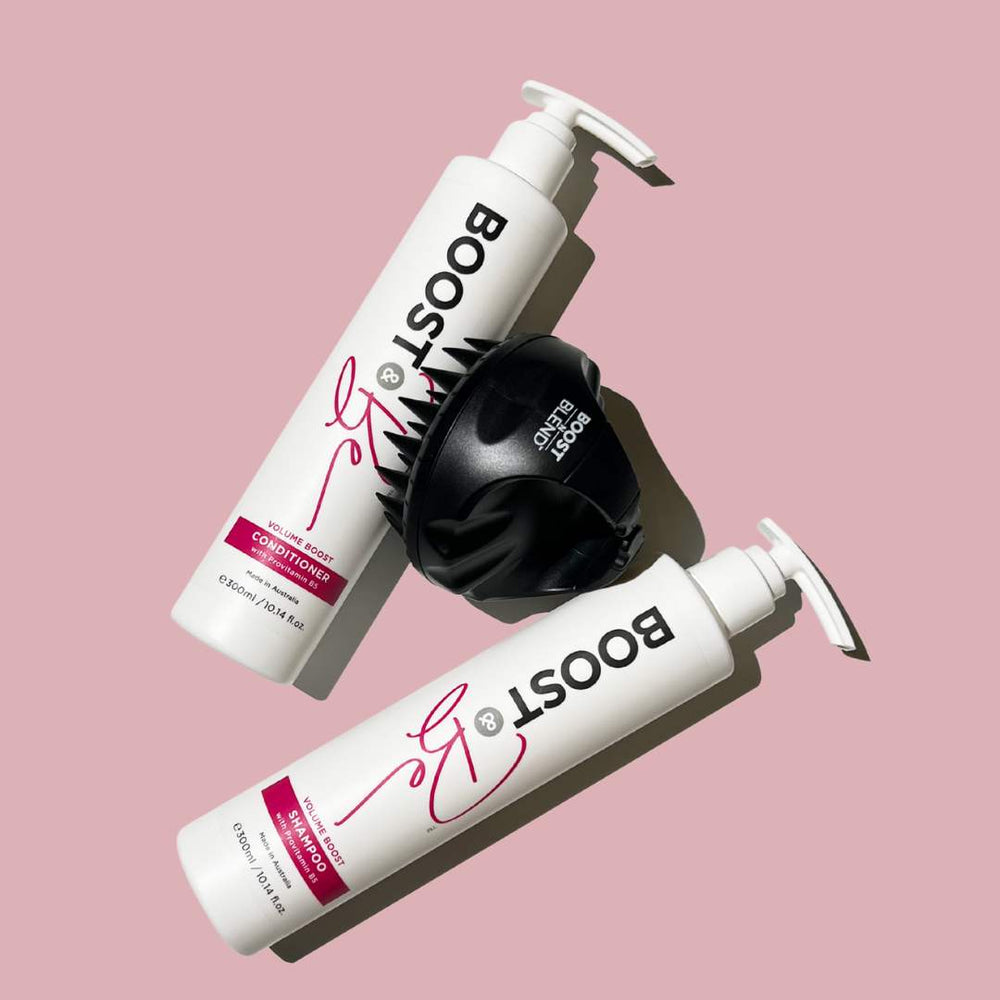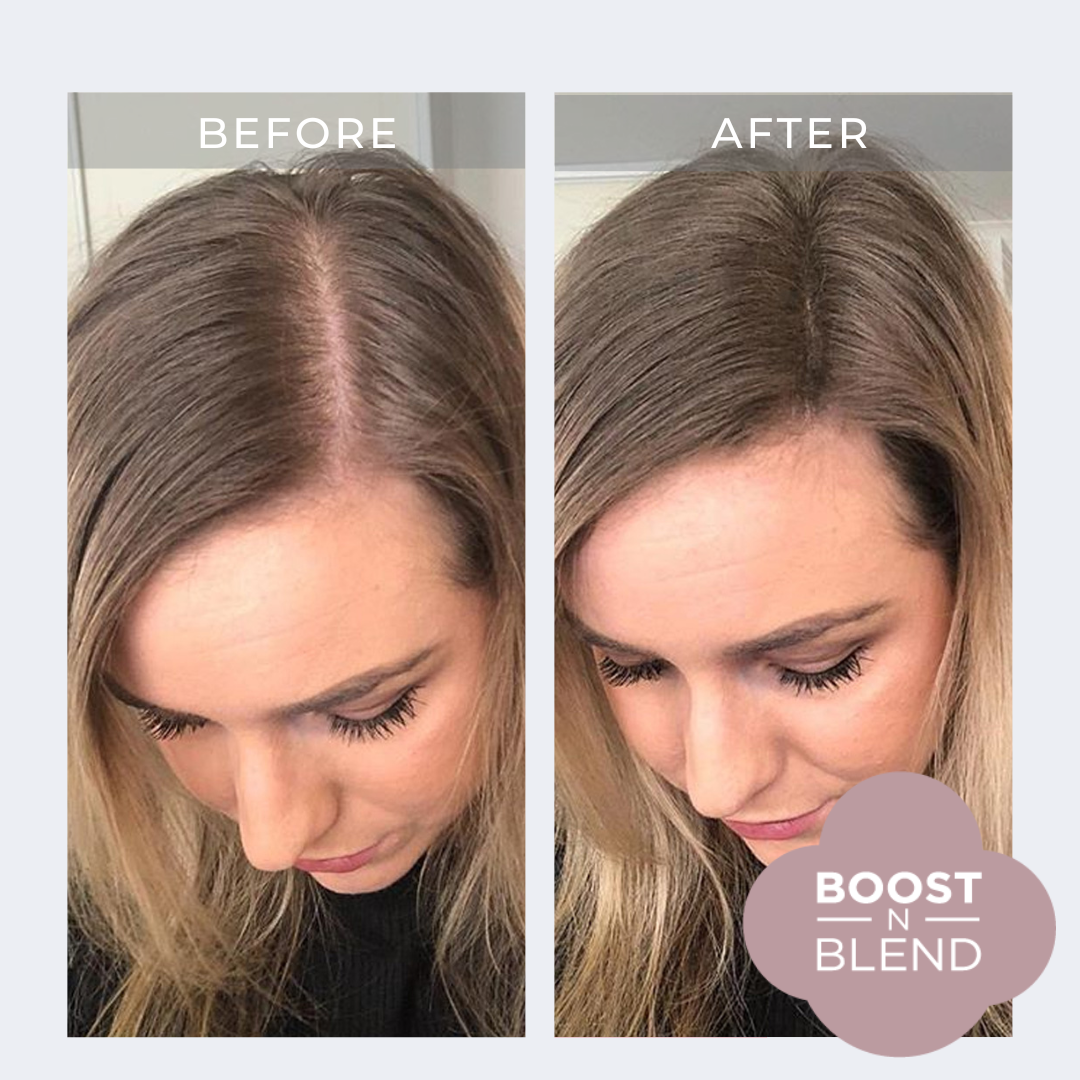FDA Approves New Hair Growth Drug
Be careful what you wish for.
You may have been buoyed as I was at the news just out today that the US Food and Drug Administration (FDA) has approved a new drug for the treatment of Alopecia Areata (AA).
This is, or rather could be, really great news. For one thing, it could indicate that there has been further scientific advances on the cause of hair loss. Since you can’t even begin to develop a treatment for an ailment or disease until its cause is understood.
Although, in some cases, as with minoxidil, a happy side effect turns out to be a treatment no one saw coming. You may be aware that minoxidil was approved initially by the FDA for the treatment of high blood pressure and a side effect noted, was hair regrowth.
However in the case of today’s new drug baricitinib, the drug was no doubt considered for the AA trial due to its known ability to treat autoimmune conditions such as rheumatoid arthritis.
Alopecia areata is an autoimmune condition that presents as patches of baldness which can merge together to form a scalp free of any hair whatsoever in up to 100% of the scalp.
AA can spontaneously right itself. I had a patch about the size of a bottle top which appeared one day and was gone a few months later. I didn’t seek treatment for it as it was hidden under my hair.
But for many people (about 2% of the population [1]) alopecia areata progresses and becomes a life-long issue. It is for these people that baricinitinib holds a beacon of hope.
There have been two trials with this drug covering a total of 764 participants. Both male and female were included and all participants had to present with severe to very severe AA. The trials were randomized and double blind which means that the participants given the drug and those given the placebo were chosen at random and neither the participants nor the trial researchers knew who had been given the drug and who was not. This kind of trial is very reliable since no one could influence the outcome with inside knowledge.
The results of the trial showed a 22-35% response to the drug with hair growth seen across the entire scalp. This is indeed fabulous news if you have AA, the most severe type of hair loss.
But as with many great treatments, there are side effects. Unfortunately the list of side effects noted in this trial would be enough for me to consider a wig, rather than risk taking the drug. Side effects range from upper respiratory infections to an inflammation of the hair follicles to shingles and weight gain. The warning on the box suggests major cardiovascular events, death and blood clots are also possible.
So when I say be careful what you wish for, as with so many drug treatments, there are certainly other aspects of this treatment that have to be carefully taken into consideration.
Chances are you don’t have AA and this drug will not be something you will be offered. Most women with hair loss have a diffuse type of hair loss – not a solid area as in the case of AA and the autoimmune condition that causes it.
Diffuse hair loss includes telogen effluvium (TE) and other forms of hair loss that we bracket under the term Female Pattern Hair Loss (FPHL). Unfortunately this new drug is not designed to treat FPHL.
FPHL has many causes and underlying conditions and so it is unlikely that any one drug will ever be successful at treating the majority of cases.
Minoxidil and some hormones can help with FPHL, but for those treatments to work to their optimum capacity, identifying your trigger and searching for and correcting any underlying causes is vital. An improvement in overall health as well as better hair health will also go a long way to recovering from FPHL.
We recommend the use of kind-to-hair shampoos and conditioners like the Boost & Be range to help give both hair and scalp the best chance at recovery.
And while a woman is going through a tough time with visible scalp, Boost N Blend is our go-to saviour.
A few shakes of Boost N Blend in your hair colour will instantly fill in any sparse areas and give the appearance of a full head of hair in seconds.
[1] Pratt CH, King LE Jr, Messenger AG, Christiano AM, Sundberg JP. Alopecia areata. Nat Rev Dis Primers. 2017 Mar 16;3:17011. doi: 10.1038/nrdp.2017.11. PMID: 28300084; PMCID: PMC5573125.
About the Author:
Bambi Staveley, a former nurse (RN), author of How to Make Thin Hair Fat - Causes and Solutions of Unexpected Thinning Hair in Women (published by Barrallier Books 2016) is herself a female hair loss sufferer. Following her own hair loss journey which began in 2008, Bambi dedicated her life to female hair loss research and to finding some way to solve the mystery and at the very least, cover up the problem so it was her own secret. Naturally, once she was able to both cover up her hair loss and eventually, grow her hair back, she was driven to share that information with female hair loss sufferers the world over.

















Leave a comment